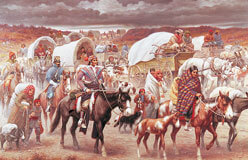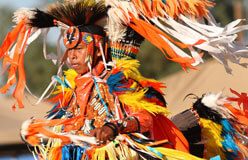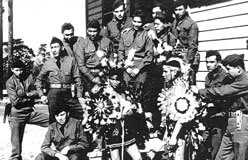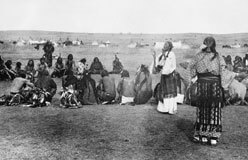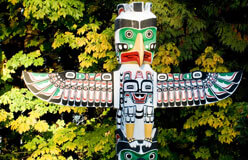Let’s meet some of the more famous Native Americans.
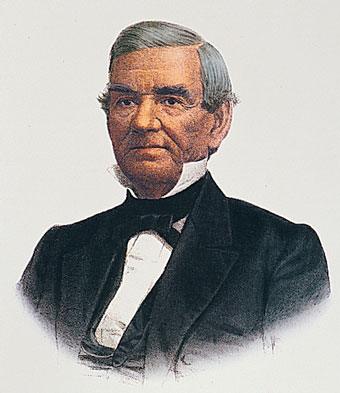
John Ross (1790–1866)
Cherokee
Though his father was a Scot and his mother only part Cherokee, John Ross sided with the Cherokees in their battle to keep their homelands in the Southeast. The state of Georgia announced its plans to remove the Cherokees from their land by force. However, Ross took the Cherokees’ case against the state of Georgia to the U.S. Supreme Court—and won. In the end, President Andrew Jackson chose to ignore the Supreme Court. The Cherokees were relocated to the Oklahoma Territory, where John Ross continued to lead them until his death.
Chief Joseph (ca. 1840–1904)
Nez Percé
Chief Joseph had one wish for his people. That they would be allowed to remain in their homeland, the beautiful Wallowa valley of Oregon. However, when gold was discovered in the area, the U.S. put pressure on the Nez Percé to move to a reservation in Idaho. For several years, Chief Joseph and his band peacefully resisted the pressure. Then in 1877, the government sent 5,000 U.S. Army troops to the area. They chased 550 of the Nez Percé through the mountains of Idaho, Wyoming, and Montana. Finally, just 30 miles from the Canadian border, Chief Joseph and his exhausted troops surrendered with Chief Joseph’s famous words, “I will fight no more forever.”
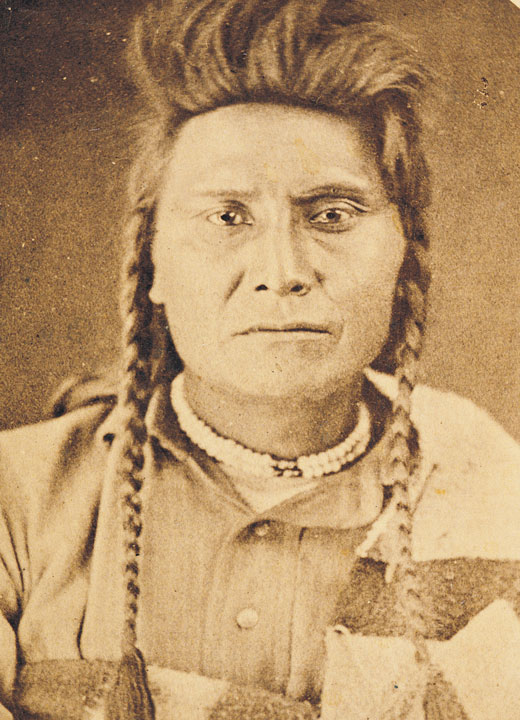
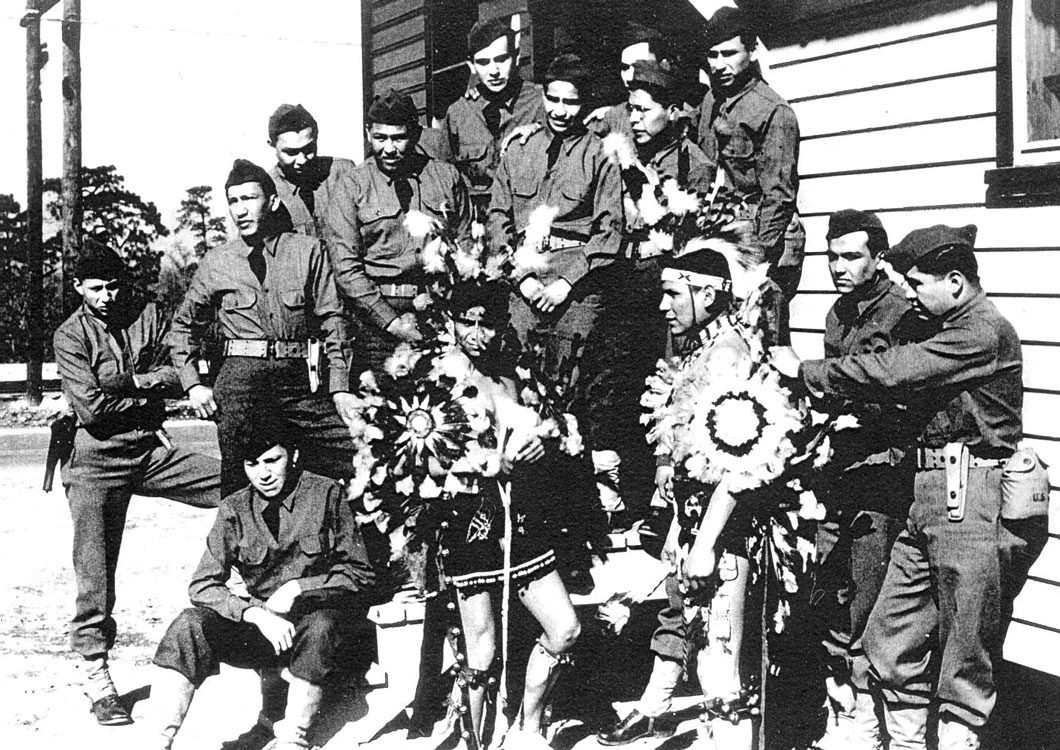
World War II Codetalkers
In wartime, secret codes enable military units to send important information to one another without the enemy’s knowledge. Very few outsiders know Native American languages. So, during World War II, the U.S. military used over 400 Navajo, Choctaw, and Comanche codetalkers to communicate messages among different military units. Native codetalkers coded, sent, and decoded messages twice as fast as those using other coding methods. They often did this under dangerous conditions. Not once did the enemy break any of the Native American codes.
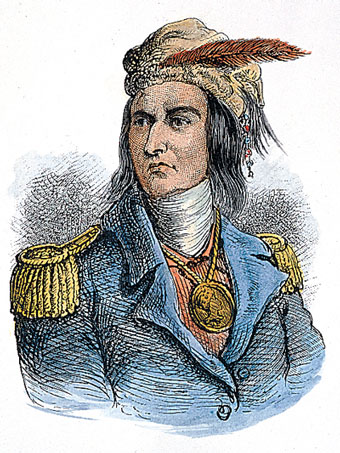
Tecumseh (1768–1813)
Shawnee
Soon after the Revolutionary War, Tecumseh traveled up and down the length of the continent. He urged tribes to join together to resist the westward expansion of the United States. He believed the chiefs had no right to give away what belonged to all of the people. Before Tecumseh could achieve his goal, he was killed while fighting for the British against the Americans in the War of 1812.
Sarah Winnemucca (ca. 1844–1891)
Northern Paiute
Sarah Winnemucca traveled all over the U.S., talking about her people, trying to gain support to preserve their traditional way of life. She even brought her message to President Rutherford Hayes. He agreed to help the Paiutes, but ultimately failed to keep his promise. The Paiutes were eventually forced off their land. However, Sarah Winnemucca is remembered for her courage, her energy, her vision, and her remarkable book, Life Among the Paiutes, Their Wrongs and Claims.
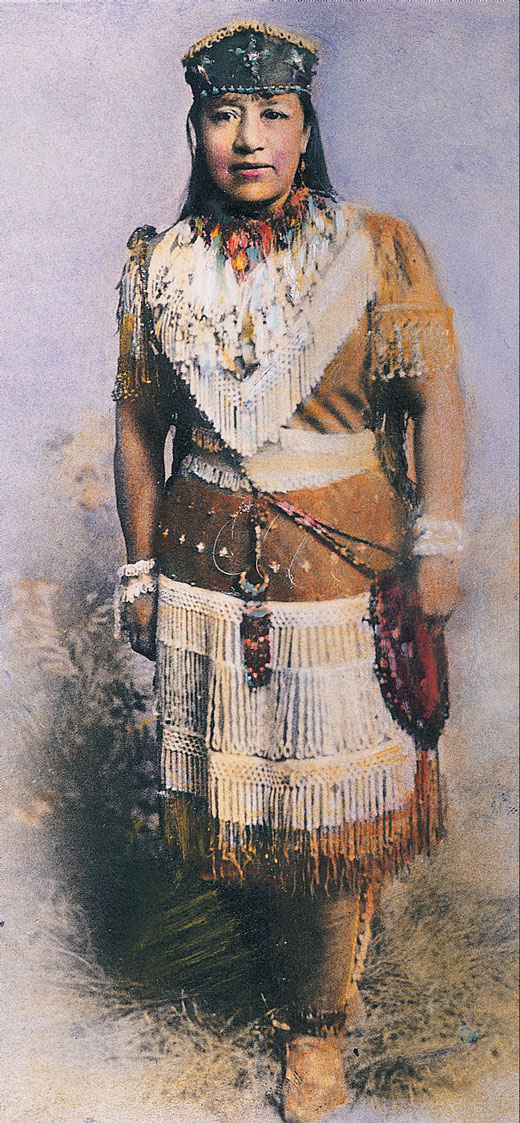
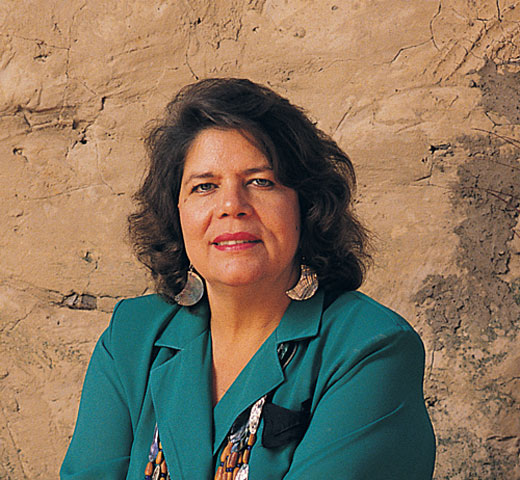
Wilma Mankiller (1945–2010)
Cherokee
Her last name comes from a warrior ancestor, but Mankiller was a different kind of fighter. For years she fought for better conditions for her people. Her dedication to community development led to her election as principal chief of the Cherokee people, the first woman to hold that position. Talking about Cherokee economic advances, Mankiller said, “The secret of our success is that we never, never give up.”
Ben Nighthorse Campbell (1933– )
Northern Cheyenne
Under the name Ben Nighthorse, he creates world-class jewelry. As Ben Nighthorse Campbell, he served as a United States senator from Colorado. But jewelry-making and politics are only two of his interests. He was also a member of the 1964 U.S. Olympic judo team. Sporting a gray ponytail, cowboy boots, and a bolo tie, he is equally at home on a Harley Davidson motorcycle or on a horse. As the first Native American to serve in Congress in more than 60 years, from 1993 to 2005, Campbell considered himself a representative not only of the people of Colorado but of all Native Americans.
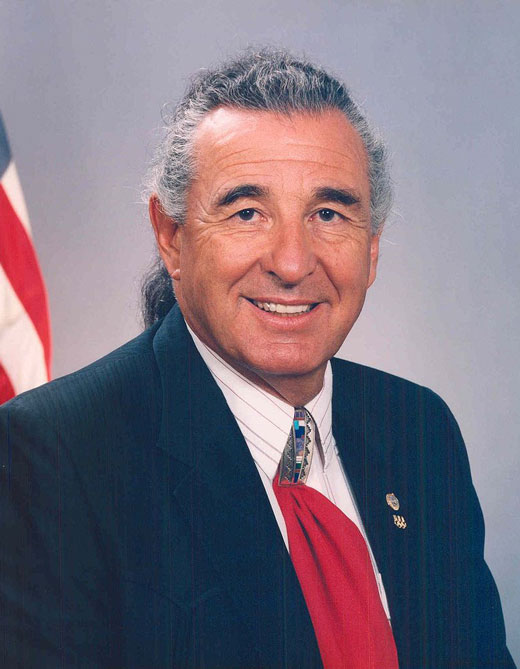
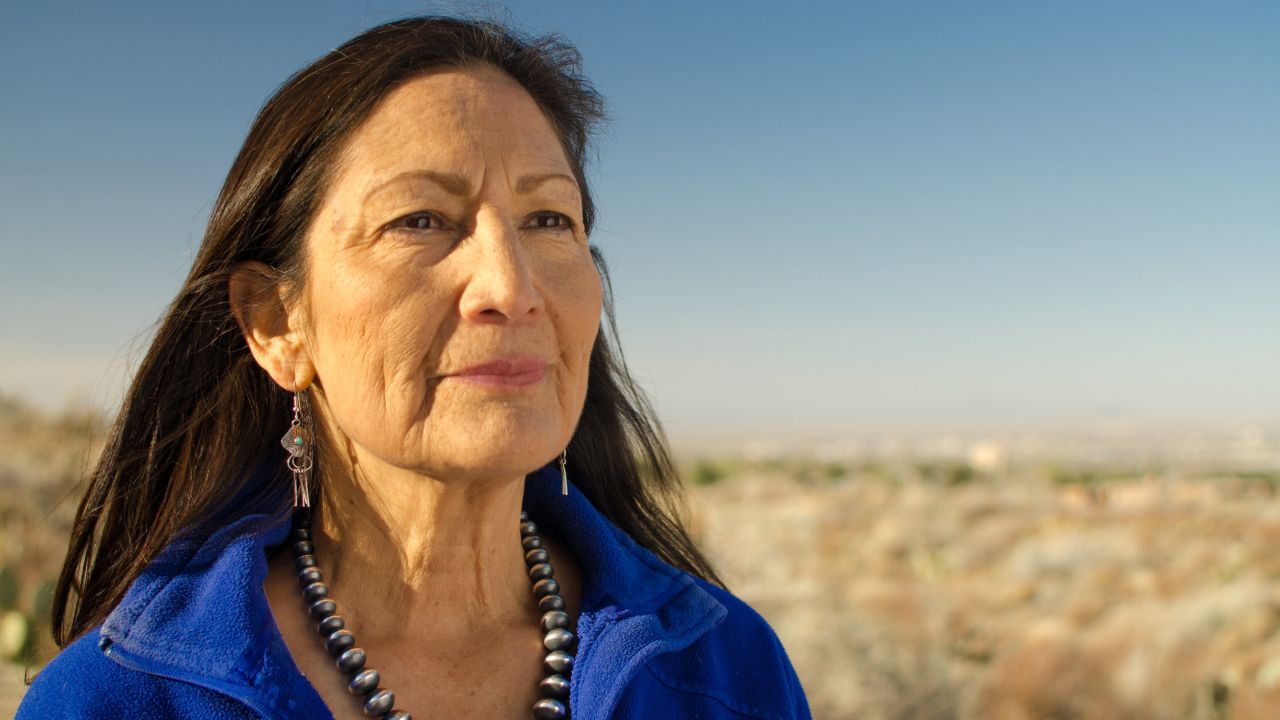
Deb Haaland (1960– )
Laguna Pueblo
In December 2020, President-elect Joseph R. Biden chose Deb Haaland to head the U.S. Department of the Interior. Haaland is a congresswoman from New Mexico. She is also a member of the Laguna Pueblo. Plus, she is the first Native American to hold a cabinet-level position. Throughout history, the Interior Department has carried out policies that often harmed native peoples. That’s why her appointment is so important. Elizabeth Kronk Warner is dean and professor of law at the University of Utah. She is also a member of the Sault Ste. Marie tribe of Chippewa Indians. Her comment about the appointment is worth noting: “It’s momentous to see an Indian promoted out of the shadows of American history to a seat at the table in the White House.”
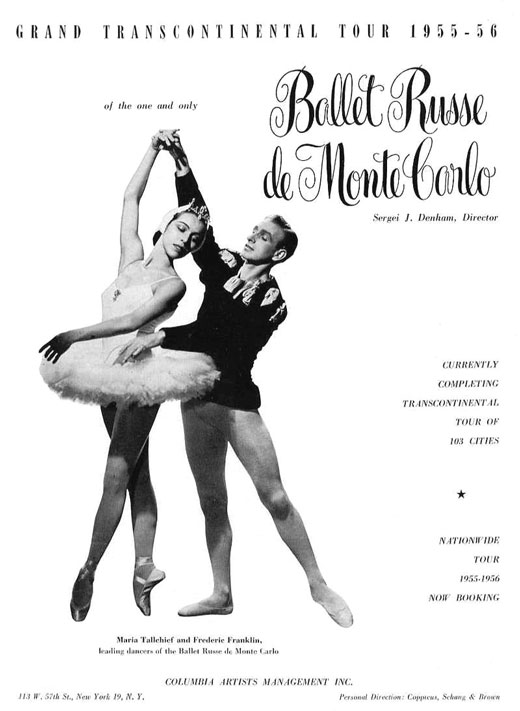
Maria Tallchief (1925–2013)
Osage
The child of an Osage father and a Scots-Irish mother, Maria Tallchief began life on the oil-rich Osage reservation in Oklahoma. The family moved to Los Angeles so that she and her sister could pursue careers in music and dance. Maria made her professional debut at the age of 15. She danced until the age of 40. According to one critic, she was “the finest American-born classical ballerina the twentieth century has produced.”

